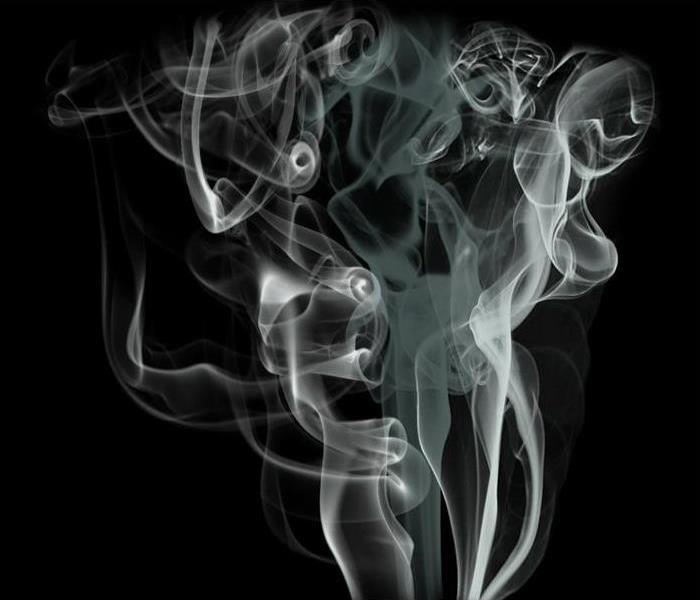The Way Smoke Behaves
6/8/2019 (Permalink)
The damage to your property following a fire can often be complicated due to the unique behavior of smoke. There are two different types of smoke-wet and dry. As a result, there are different types of soot residue after a fire.
At SERVPRO of North Everett/Lake Stevens/Monroe our technicians are thoroughly trained in fire cleanup and restoration and know the different types of smoke and their behavior patterns. Knowing this information is vital to proper restoration. Before restoration begins, we will survey the loss to determine the extent of impact from fire, smoke, heat, and moisture on the building materials and contents. The soot will then be tested to determine which type of smoke damage occurred. Pretesting determines the proper cleaning method and allows us to focus on saving your precious items.
Our technicians know smoke can penetrate various cavities within the structure, causing hidden damage and odor. Their knowledge of building systems helps them investigate how far smoke damage may have spread. The following are additional facts you may not know about smoke.
- Hot smoke migrates to cooler areas and upper levels of a structure.
- Smoke flows around plumbing systems, seeping through the holes used by pipes to go from floor to floor.
- The type of smoke may greatly affect the restoration process.
Types of Smoke
Wet Smoke: Wet smoke is created from burning plastic and rubber. These materials smolder and burn at a low heat and create a sticky smeary smoke that has a pungent odor. Smoke webs created from this smoke are more difficult to clean.
Dry Smoke: Dry smoke occurs when paper and wood are burning. They are fast-burning and they burn at a high temperature. Dry smoke residue is usually powdery and dry and a little easier to wipe off materials, though it can settle into porous materials and leave a lasting odor of not cleaned properly.
Protein Fire Residue: Protein residue is left behind after the evaporation of organic material, like food. The residue is almost invisible. However, it discolors varnishes, paints, and finishes. It also gives off a strong, offensive odor.
Fuel Oil Soot: Fuel oil soot is caused by furnace puff backs. While “puff backs” can create havoc for homeowners, our technicians can, in most cases, restore the contents and structure quickly.
Other Types: Other types of damage, such as damage caused by tear gas, fingerprint powder, and fire extinguisher residue, require special care. We have the tools and knowledge to clean these special loss situations.
SERVPRO of North Everett/Lake Stevens/Monroe technicians are trained to handle even the toughest losses. If your home or business suffers fire or smoke damage, contact us at 360-243-8313 to help make it “Like it never even happened.”






 24/7 Emergency Service
24/7 Emergency Service
